FPGA Configuration
- 2. Introduction ? What is configuration? ? Process for loading data into the FPGA Configuration Data Source Configuration Data Source FPGAFPGA Control Logic (optional) Control Logic (optional) 2
- 3. Introduction ? When does configuration happen? ? On power-up ? On demand ? Why do FPGAs need to be configured? ? FPGA configuration memory is volatile ? What do I need to know about FPGA configuration? ? What happens during configuration ? How to set up various configuration modes and daisy-chains ? How to troubleshoot problems 3
- 4. FPGA Configuration Process ? In order to understand the configuration process, you need to know a little about: ? Configuration modes ? Configuration pins 4
- 5. Configuration Modes ? Configuration modes define the specifics of how the FPGA will interact with: ? The data source ? External control logic (if any) ? Many configuration modes to choose from ? Serial modes (Master and Slave) ? SelectMAP mode (Slave Parallel) ? Boundary scan mode (Slave) - always available ? Other Xilinx FPGA families have more configuration modes 5
- 6. Configuration Modes ? Configuration pins (M0, M1, M2)) Note: 6
- 7. Configuration Modes: Serial Modes ? Data is loaded 1 bit per CCLK ? Master serial ? FPGA drives configuration clock (CCLK) ? FPGA provides all control logic ? Slave serial ? External control logic required to generate CCLK ? Microprocessor ? Xilinx serial download cable ? Another FPGA Serial Data Serial Data FPGAFPGA CCLK Data Serial Data Serial Data FPGAFPGA Control Logic Control Logic Data CCLK 7
- 8. Configuration Modes: SelectMAP Mode ? CCLK is driven by external logic ? Data is loaded 1 byte per CCLK Byte-Wide Data Byte-Wide Data FPGAFPGA Control Logic Control Logic Data CCLKControl Signals Presentation Name 8 8
- 9. Configuration Modes: Boundary Scan Mode ? External control logic required ? Control signals and data are presented on the boundary scan pins (TDI, TMS, TCK) ? Data is loaded 1 bit per TCK ? Always available (independently on M0,M1,M2) Serial Data Serial Data FPGAFPGA Control Logic Control Logic Data Control Signals 9
- 10. Configuration Pins ? Specific pins on the FPGA are used during configuration ? Some pins act differently depending on configuration mode ? Example: CCLK is an output in some modes and an input in others ? Some pins are only used in specific configuration modes ? Example: CCLK is not used for Boundary Scan mode 10
- 11. Configuration Pin Descriptions ? Mode Pins (M0, M1, M2) ? Input pins that select which configuration mode is being used ? PROGRAM ? Active low input that initiates configuration ? CCLK (Configuration Clock) ? Input or output, depending on configuration mode ? Frequency up to 10MHz (see Data Book for your device family) ? DIN ? Serial input for configuration data 11
- 12. Configuration Pin Descriptions ? DOUT ? Output to next device in a daisy-chain ? Used in daisy-chains only ? INIT ? Open-drain bi-directional pin ? Error and Power Stabilization Flag ? DONE ? Open-drain bi-directional pin ? Indicates completion of configuration process ? Other pins are used for specific configuration modes ? (i.e. JTAG Pins) 12
- 13. Configuration Process ? Four major phases in the process: ? Configuration memory clear ? Initialization ? Load configuration data ? Start-up 13 Configurati on Memory Clear Configurati on Memory Clear InitializationInitialization Load Configurati on Data Load Configurati on Data Start-UpStart-Up
- 14. Configuration Process Configuration Memory Clear Phase ? 2 Way to configure ? Non-configuration I/O pins are disabled with optional pull-up resistors ? INIT and DONE pins are driven low ? FPGA memory is cleared ? PROGRAM is checked after each memory pass ? Proceed to initialization 14 Configuration at Power- Up Vcc AND Vccnt High? No FPGA Drives INIT and DONE low Configuration During User Operation User Pulls PROGRAM low Yes Clear Configuration Memory User Holding PROGRAM low? Yes Initialization No
- 15. Configuration Process: Initialization Phase ? INIT pin is released ? INIT may be held low externally to delay configuration ? Mode pins are sampled ? Appropriate configuration pins become active ? Proceed to load configuration data 15 Configuration Memory Clear Release INIT INIT High? Yes Sample Mode Pins Load Configuration Data No
- 16. Configuration Process: Load Configuration Data Phase ? FPGA starts receiving data ? CRC is checked during the data frames transmission ? If incorrect value received, INIT is driven low and rest of data is ignored ? If the CRC checks pass, proceed to start-up 16 Initialization Load Data Frames CRC Correct? Yes Start-UP No Pull INIT Low
- 17. Configuration Process: Start-up Phase ? Transition phase from configuration to normal operation ? Order of events is user programmable ? Accessed through software options ? Default sequence is: ? DONE pin is released ? All I/O pins become active ? Global write enable released ? Global reset released ? FPGA is operational 17 Load Configuration Data Release DONE Activate I/O Pins Release GWE Release GSR FPGA is Operational
- 18. Configuration Process: Start-up Phase ? Default sequence is: ? DONE pin is released ? All I/O pins become active ? Global write enable released ? Global reset released ? Another useful sequence is Ą°Sync to DONEĄą ? Useful for multiple FPGA configuration (Daisy chain) ? Configuration option 18
- 19. Master Serial Mode ? All mode pins tied low ? FPGA drives CCLK as an output ? Data stream loaded 1 bit at a time ? Use when data stream is stored in a serial PROM 19
- 20. Slave Serial Mode ? All mode pins tied high ? FPGA receives CCLK as an input ? Data stream loaded 1 bit at a time ? Use with the Xilinx serial download cable 20
- 21. What Is a Daisy-Chain? ? Multiple FPGAs connected in series for configuration ? Allows configuration of many devices from a single data source ? Minimal board traces ? First device in the chain can be in master serial or slave serial mode ? All other devices must be in slave serial mode 21
- 22. Daisy-Chain Question ? How do you think these FPGAs could be connected to form a Daisy-chain? 22
- 23. Daisy-Chain Answer ? Connect all PROGRAM, CCLK and DONE pins together ? Connect each DOUT to the DIN of next device ? Recommend connecting INIT pins, but not required 23
- 24. Creating a Daisy-Chain ? Connect PROGRAM pins ? Required so that all FPGAs will reprogram together ? Connect CCLK pins ? Required so that all FPGAs are synchronized with each other and with the configuration data ? Connect DONE pins ? Required so that all FPGAs start-up together ? Connect each DOUT to the DIN of next device ? Required to allow each FPGA to receive configuration data ? Connect INIT pins ? Recommended to create a single error flag, but not required 24
- 25. How a Daisy-Chain Works ? First FPGA in the chain is configured first ? Keeps DOUT high until its configuration memory is full ? Then data is passed to the next device in the chain ? Start-up sequence occurs after all devices are configured ? FPGA devices pause after internally releasing DONE, and continue when DONE externally goes high 25
- 26. Xilinx In-System Programming Using an Embedded Microcontroller ? Use XAPP 058(v 4.1) ? Virtex? series ? Spartan? series ? CoolRunner? series ? XC9500 series ? Platform Flash PROM family ? XC18V00 family 30
- 27. important benefits of in-system programmability ? Reduces device handling costs and time to market ? Saves the expense of laying out new PC boards ? Allows remote maintenance, modification, and testing ? Increases the life span and functionality of products ? Enables unique, customer-specific features 31
- 28. Microcontroller and JTAG Chain Schematic 32
- 29. XSVF File Generation Flow to Embedded System 33
- 30. C-code and header files ? lenval.c ? micro.c ? ports.c ? lenval.h ? micro.h ? ports.h 34
- 31. Configuration PROM Programming File Creation Storage Flow 35
- 32. CPLD Programming File Creation and Storage Flow 36
- 33. FPGA Programming File Creation and Storage Flow 37
- 35. Using the iMPACT GUI to Create XSVF Files 39
- 36. Write XSVF file to selected Device 40
- 38. Summary ? Field programmable devices are configured on power-up from an external data source ? The phases of the configuration process are: ? Configuration memory clear ? Initialization ? Load configuration data ? Start-up ? Master serial and slave serial are the simplest configuration modes 42

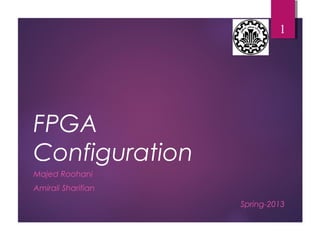








































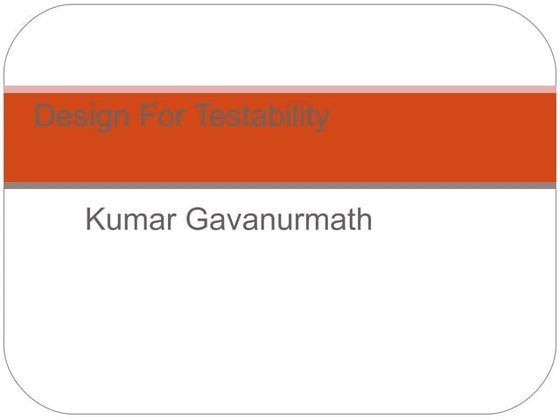













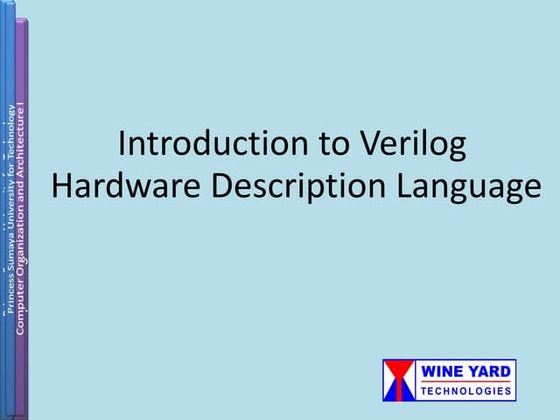

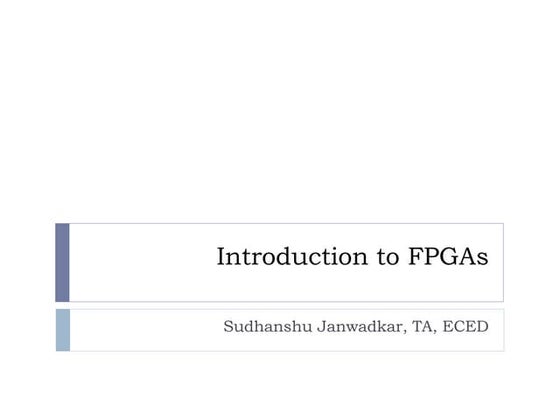


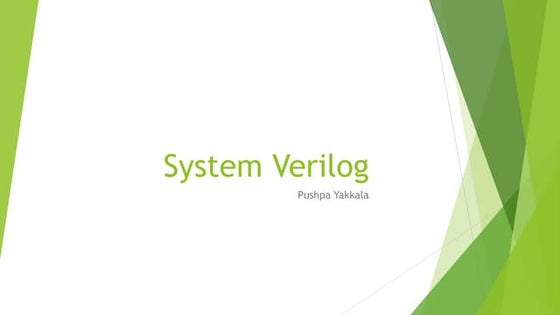








































![Fast Screen Recorder v2.1.0.11 Crack Updated [April-2025]](https://cdn.slidesharecdn.com/ss_thumbnails/dataanalysisforbusiness-250322061148-eeff8a831-250401123246-f36be9ca-250401141614-87b01766-thumbnail.jpg?width=560&fit=bounds)



